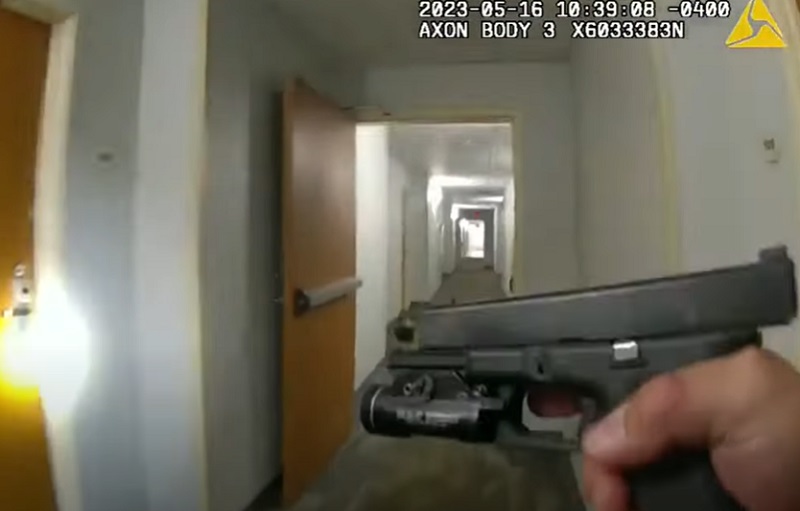
The headlines don’t begin to tell the story. “Bodycam Shows Gruesome Moment Fla. Sheriff’s Officer Shot”, ” Fla. deputy ends hostage standoff with career criminal holding woman at knifepoint”, “Armed Man Waiting for Officer Smokes Meth in Calif. Station Lobby”, “13-year-old opens fire several times on Fla. officers, wounding 1, during pursuit”, “Texas officer, suspect dead following shooting while serving warrant”, “Louisville Officer Shot at Bank Attack on Path to Recovery”, “FBI Data Shows 60 Officers Died from Criminal Attacks Last Year”, “ ‘I’ve been shot in the throat!’: BWC shows horrifying moment officer is shot by suspect”. And those are stories just from the month of May.
Neither the public nor most law enforcement officers can imagine the reality of encounters with an armed subject intent on escaping their arrest. Officers train in marksmanship and tactical movement. They also are very aware of the legal and ethical consequences of using deadly force. Is there an innocent person in the line of fire? Is deadly force the last option in a moment where lives are at risk? Will they lose their career in the fight? Will their lives and finances survive such a confrontation? Are they certain of their target? Will their shots stop the threat? The criminal shooter faces no such thoughts to cloud their intention to kill.
Besides shooting at stationary targets police train with actors in realistic scenarios or with high-tech simulators that teach not only target acquisition but verbal commands, how to seek cover, and how to make those deadly decisions in the milliseconds in which those decisions must be made. There is no training that can truly match a real armed encounter. No scenario actor can recreate the determination or evil in the eyes of a real killer. Even experience in a gunfight cannot prepare an officer for the next one because every attack is different.
Statistics, too, fail to tell the story. The odds of having to discharge a weapon in the line of duty over a career is about 1 in 4. Some officers have more than one discharge event over a career, most have none outside the training environment. Police officers hit their target in a real-world shooting situation between 20% and 30% of shots fired. 65% of police officers murdered in armed confrontations were within ten feet of their attackers, and another 15% within twenty feet, meaning 80% of police deaths from firearms happen within the approximate distance of a vehicle length. Modern sidearms in law enforcement are now semi-automatic handguns with a magazine capacity of anywhere from 6 to 18 rounds, but the general consensus is that the average number of rounds fired is three. Gunfights are usually over very quickly, within just 3 seconds. Large metropolitan areas are not significantly more likely to have officers involved in a shooting.
Averages mean nothing when it comes down to any particular armed encounter. Officers have been shot on what would be considered a high-risk activity like robberies in progress or domestic violence calls, but they have also been attacked on routine traffic stops, pedestrian contacts, and even stopping to aid a stranded motorist. The number of officers on a scene also provides no guarantee that an armed suspect is less likely to engage deadly force against police.
The caution with which an officer must approach every call is born from experience within the profession of sudden attacks and ambushes. A comparison I use as a trainer and educator is a scenario where a person has been hired to clean out 1000 school lockers. If the worker happens upon a venomous snake that is a truly unexpected surprise. If the worker is told that somewhere among those 1000 lockers is a venomous viper, their approach would be caution at every door. This is the reality for officers, whether the attack is with a firearm, edged weapon, blunt object, or fists and feet (which, by the way, are used to deadly effect in nearly 700 homicides annually – dispelling the myth that an “unarmed” person poses no threat).
Careful investigation of police firearm use in criminal encounters must take into account incalculable factors including the biological limitations of humans who happen to be police officers. Members of the public, including prosecutors, police leaders, jurors, and even professional peers who have never engaged in a deadly encounter can never truly put themselves in the shoes of officers who have had to do what no police officer seeks to do.